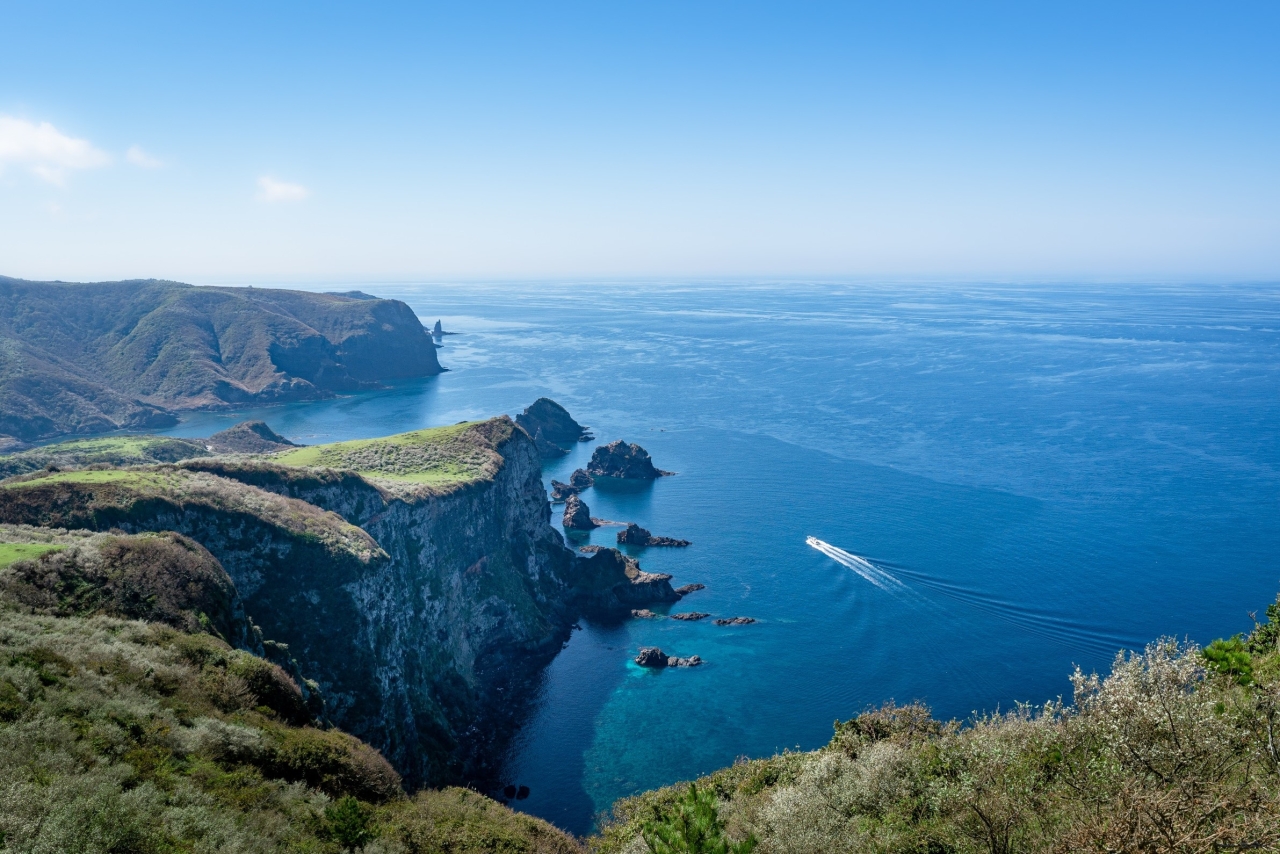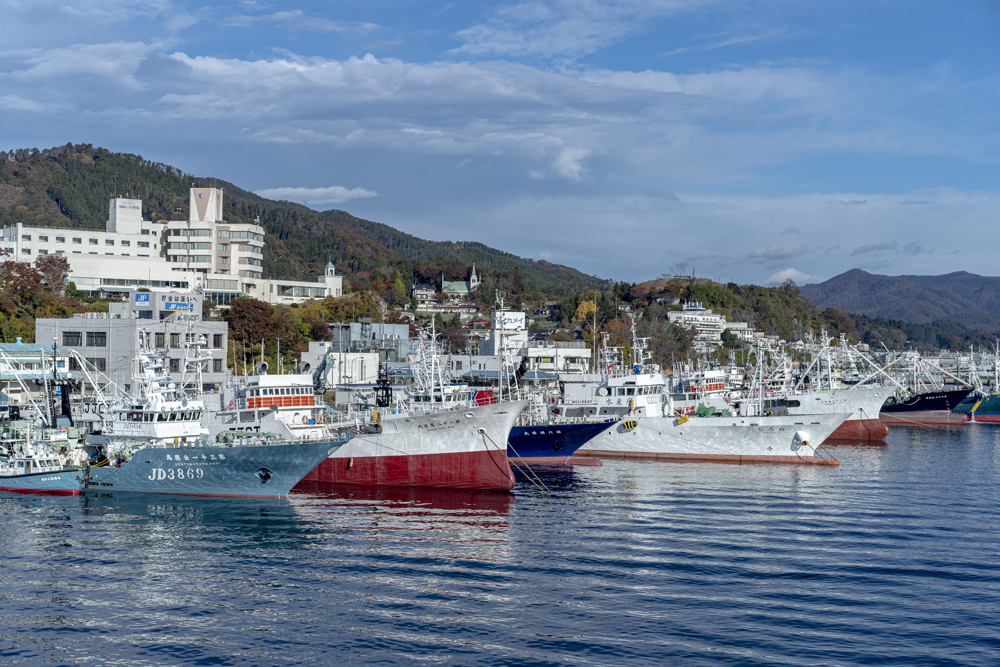CASE STUDY
Search by area
Search by keyword
- All
- Ryotei & Restaurants
- Lodging/Hotels
- Producers
- Technology
- DX (Digital) & SNS
- City Planning
- Utilization
- Gastronomy and Culinary
- Japanese Nature
- Japanese history and traditional culture
- Japanese Food Culture
- Agriculture
- Fisheries
- SDGs
- Local production for local consumption
- Foreigner Activation
- Experience
- Overseas Expansion
- Fermentation
- Public-private partnerships and collaborations
- Sake
- Community Revitalization
- Spirituality
- Japan of the Sea
- Mountain Japan
VIEW ALL
-
Chugoku
19 Finding Value in What Is Available The Fascinating Nature, People, History, and Food Culture of the Oki Islands
The Oki Islands are located 40–80 km north of the Shimane Peninsula. The Oki Islands consists of 180 islands of various sizes, four of which are inhabited, and blessed with abundant nature. These nature-rich remote islands have long been a place for interaction between people and culture. Historically, there were well-known as the place where Retired Emperor Go-Toba and Emperor Go-Daigo were banished, while the islands also flourished as a stopover for ships sailing the Sea of Japan during the Edo period. The rich and diverse cultures that have developed throughout this long history has been carried on to the present day. Fascinated by the charming way of life, many people have also moved to the Oki Islands. Records of the Oki Islands appear as far back as in the Kojiki, or Chronicles of Japan. Looking back on this history, today these migrants are working to create a new future for the islands. As remote islands, there are some things that are “missing” from the islands. However, people here have realized what “exists” only on these remote islands.
Read more -
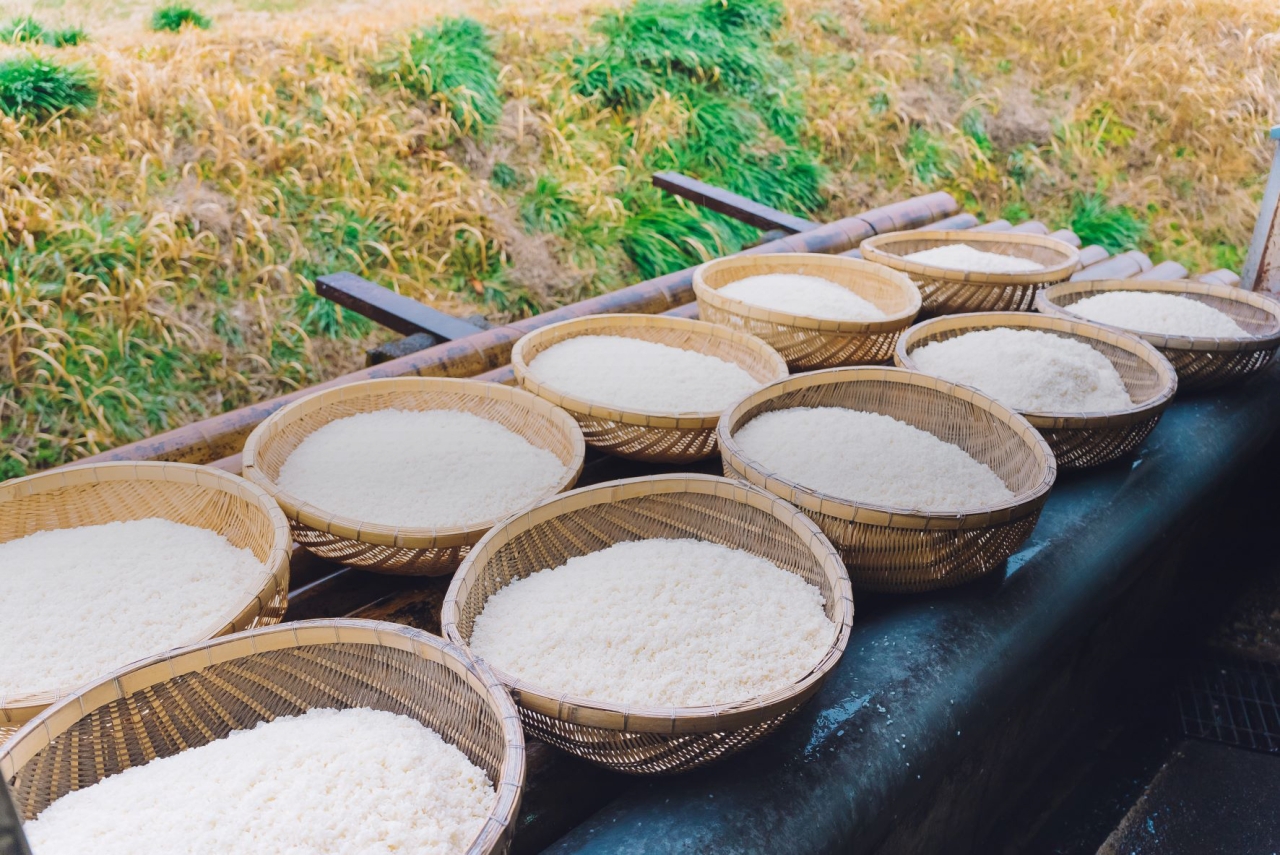
Kyushu
17 Building a Future for Kuma Shochu through the Passion and Strategies of Local Distilleries Hitoyoshi Kuma
Kuma Shochu is one of the shochu brands designated as a Geographical Indication by the World Trade Organization. It is produced in the Hitoyoshi Kuma region, which is in a long, thin basin that stretches 40 km east to west and 10 km north to south in the southern part of Kumamoto Prefecture. The basin is surrounded by the Kyushu Mountains and through its center runs the Kumagawa River, one of the three fastest flowing rivers in Japan. Hitoyoshi Kuma has been called “Japan’s most vibrant hidden village.” Unusually, there are 27 different shochu distilleries centered in this one region. Each of these distilleries has carried forward the area’s more than 500-year-old rice shochu tradition, and today they continue to create unique shochu products that maximize their individual features and charms. During the Meiji period (1868–1912), Kuma Shochu was an extravagant drink that cost four times as much as sake. One of Kuma Shochu’s appeals is the hard work that distillery owners put in to raising the product’s value.
Read more -
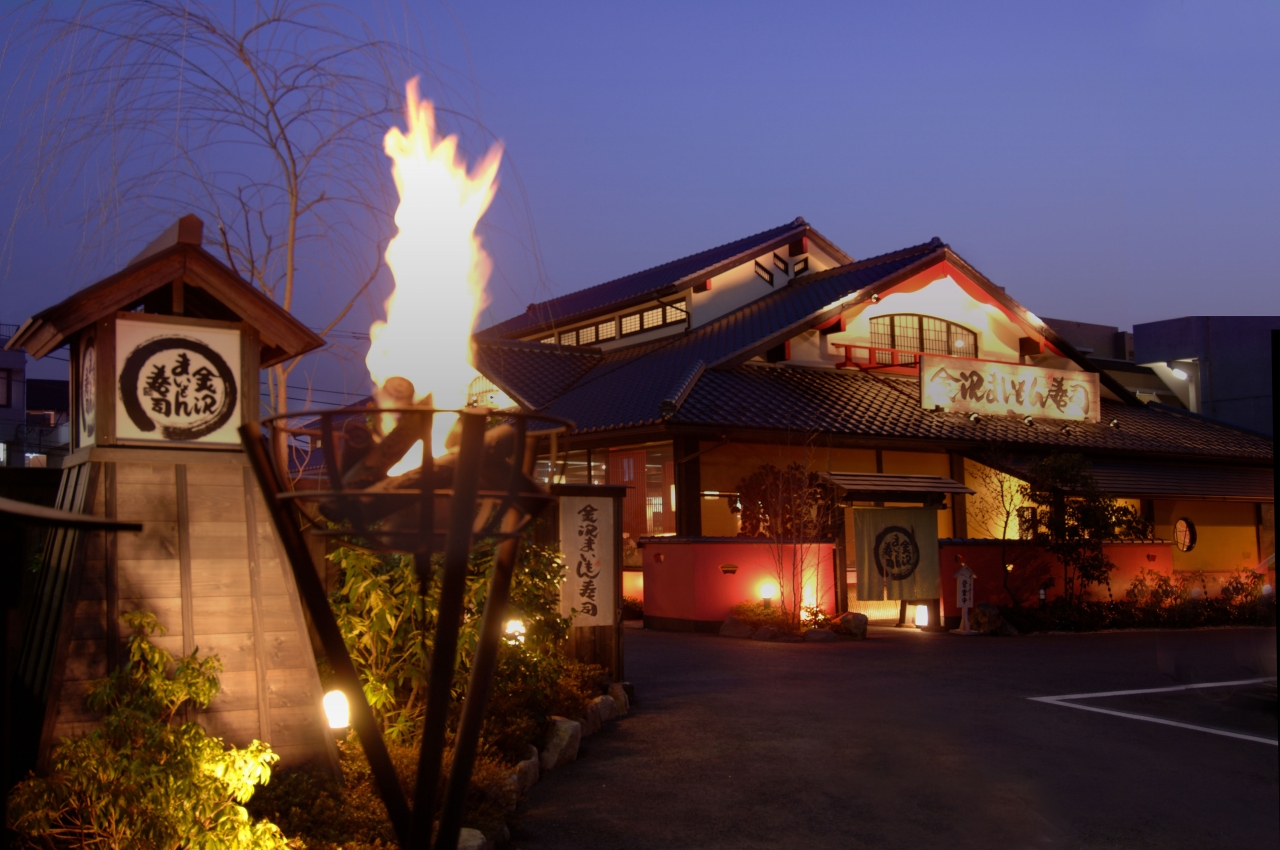
Hokuriku
16 SUSHI×TECHNOLOGY Pioneering the Future of Food Culture from Kanazawa.
Kanazawa City in Ishikawa Prefecture in Japan’s Hokuriku area is known for Kenroku-en Garden, Kanazawa Castle, and the Nagamachi Samurai District, all of which are steeped in the history and culture of the expansive former Kaga domain; as well as magnificent food culture that incorporates the delights of the Sea of Japan. Kanazawa Maimon Sushi was first launched in Kanazawa City in 2000. Extremely popular as a high-quality, gourmet kaitenzushi (conveyor-belt sushi) restaurant, Kanazawa Maimon Sushi has attracted a lot of media attention. M&K Corporation is the restaurant’s managing company, and using Kanazawa as its platform, it is currently working to expand the potential of sushi worldwide as a central element of Japan’s food culture. Kanazawa Maimon Sushi has in place a unique strategy for the future of sushi—this has the potential to impact significantly on food not only in Japan, but around the world.
Read more -
Kesennuma City in Miyagi Prefecture is surrounded by sea and mountain, and its port has landed the largest volume of katsuo, or bonito, in Japan for 25 consecutive years. During the 2011 Tohoku earthquake, however, the area in and around the city suffered huge damage. Now, Kesennuma is transforming into an attractive city with new ambition. With the worldwide support,the development is thanks to locals who rediscovered their city’s attractions and developed a strong desire to the reconstruction, and new individuals from outside who sympathized with the city’s passions. Today, both born and bred locals and supporters from outside the city are working together to create an integrated regional model. Welcoming outsiders with open arms and respecting diversity—speaking to those engaged in the creation of a new Kesennuma has helped to shine a light on the strategies and ideas involved.
Read more -
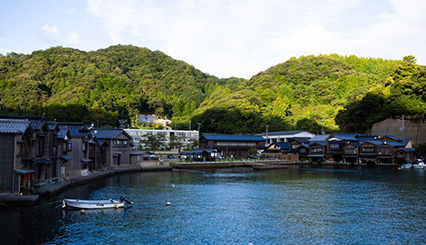
Kinki
14 Lifestyles in Close Proximity to the Sea.An Area that Brings Together Sustainable Development and Unique Attractions—Ine Town
Ine Town, located in the northern part of Kyoto Prefecture, is known for its funaya, or wooden boathouses. One of the most scenic spots in Japan, the town is frequently used as a filming location for movies and TV dramas. Visitors to Ine Town can experience what it is like to live closer to the sea than anywhere else in Japan. The sea and the fish within it could not be any closer. What is the best way to communicate the unique charms of Ine Town to the wider world? Today, the ideas of Ine locals are gradually taking shape. Be it initiatives to promote the area’s unique seasonal delights, including early summer oysters, autumn squid, and winter yellowtail; accommodation limited to one group per day where guests can fully enjoy being right next to the sea; or new tourism projects to further vitalize the town. Locals are steadily making progress toward the future while balancing the history and nature of Ine Town with entirely new elements.
Read more -
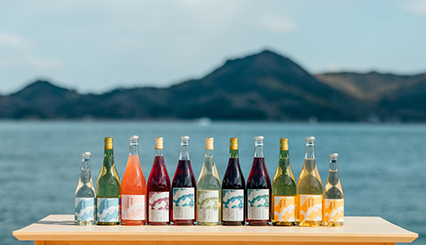
Chugoku
13 Creating New Value—the Setouchi Terroir
SETOUCHIJOZOJO, the closest winery to the sea in Japan, was established in 2021 on the remains of a shipyard in Sunami, an area in Mihara City in Hiroshima Prefecture. Right in front of the winery is Mihara-Seto, where is said to be one of the most popular sights of the Seto Inland Sea for the beautiful landscape of many islands. The winery’s buildings cut the landscape which is picturesque and spreads over wherever you see. The concept for SETOUCHIJOZOJO is “Wine and Winery that Travels around Setouchi.” Utilizing the unique features of each ingredients’ producing regions, they produce wine and cider without any additional sugar, placing the utmost value on the original flavor of the fruits and the producers’ thoughts and ideas. At the winery’s adjoining restaurant, Mio, visitors can enjoy pairing seasonal foods from the Setouchi area and various wines and ciders created from products from the mountains. The restaurant has recently garnering attention as a new tourist hotspot of the Seto Inland Sea. For Yuya Ota, owner of the winery and restaurant, this was not a family business, nor does he have any experience in winery and restaurant management. Ota says that the biggest power in setting up the business from the ground up was “co-creation with regional stakeholders.”
Read more -
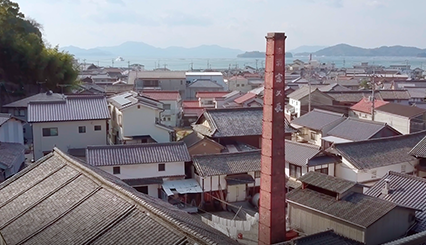
Chugoku
12 Diverse Flavors Brewed by a Fourth Generation Female Master Brewer Carrying the Traditions and Techniques of the Hiroshima-toji into the Future
The town of Akitsu is home to the Hiroshima-toji, a guild of master brewers. Facing the Seto Inland Sea, the town flourished as a port for the shipment of sake rice from the Hiroshima domain during the Edo period. Here one can find Imada Shuzo Honten sake brewery run by master brewer Miho Imada. Imada was the only Japanese on the list of the BBC 100 Women 2020, which showcases women who influenced the world. She was awarded because of working in the world of sake brewing, which has traditionally been a male-dominated society, and continued promoting the appeals of sake to the world, exporting 30% of its production despite being a small brewery. Today, Imada continues to bring the fascination of sake to the world with stories of the Hiroshima-toji. She has created unique tastes such as Fukucho, which is made from Hattanso, an oldest sake rice revived by Imada and have not been produced for more than a century; Seafood, sake with lemon-like acidity designed to be paired with oysters; and Legacy, sake that is used ginjo sake made by previous generations of master brewers, instead of brewing water.
Read more -

Kita-Kanto
7 Become a Kurabito. Enhancing the Value of Japanese Sake through a New Form of Sake Brewery Tourism
KURABITO STAY and Kitsukura Shuzo have teamed up to offer a completely new sake tourism program within the grounds of a 330-year-old sake brewery. This new program enables visitors to stay at a renovated, century-old lodging that was used by former kurabito, or sake brewers, at the Kitsukura Shuzo sake brewery in Saku, Nagano Prefecture. In addition to enjoying locally produced sake and delicious local dishes during their stay, guests can take part in the sake brewing process. It is an activity that fans of Japanese sake will want to experience at least once. Held on weekends only, since its launch in March 2020, the special program has been so popular among guests that some have even come back for more. KURABITO STAY, Inc. is the company responsible for developing and running the program. President Marika Tazawa’s aim is to boost sake-related tourism, engage in new branding activities for sake breweries, and promote tourism that brings joy to everyone involved.
Read more -
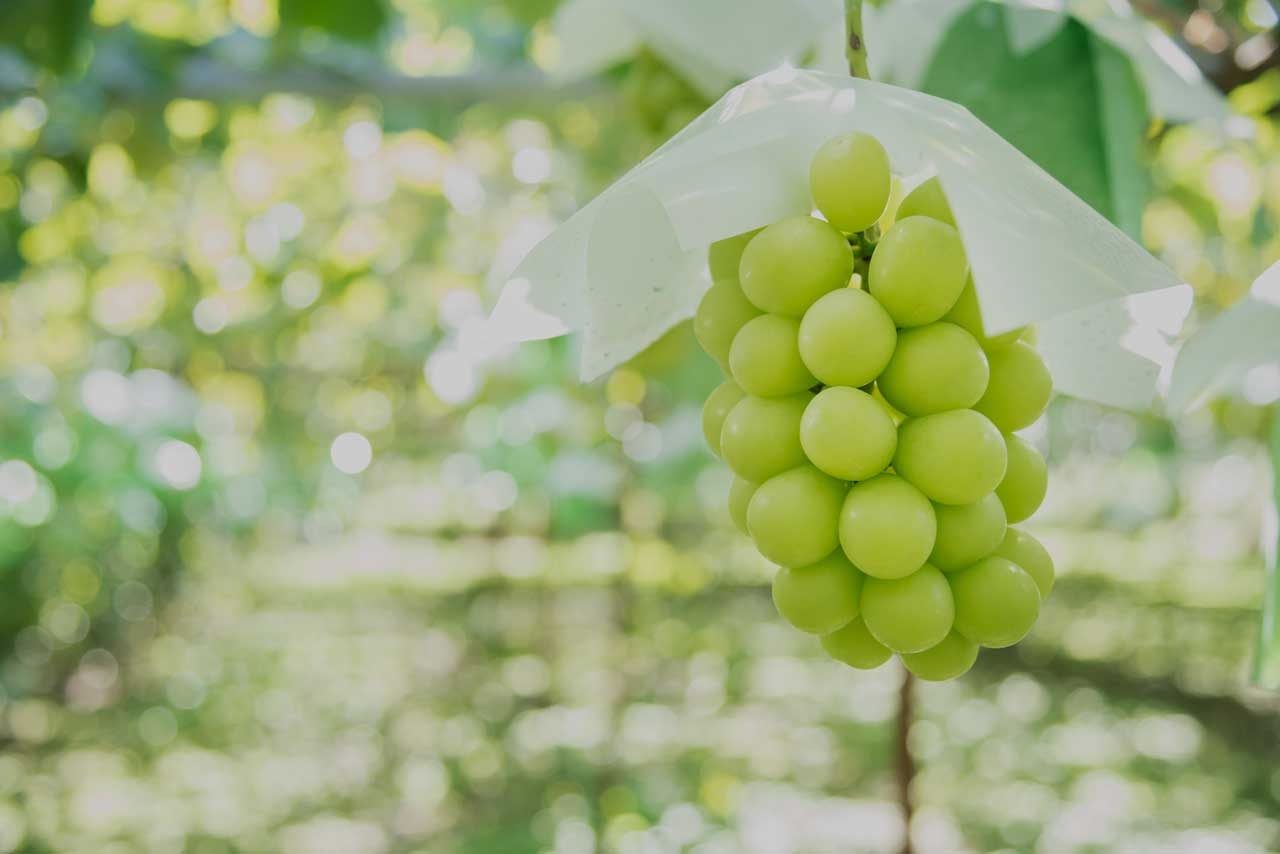
Kita-Kanto
6 Year-long Grape Production in the Northern and Southern Hemispheres to Transform Japanese Agriculture and Create New Lifestyles
Japanese fruits are world-renowned for their high quality. Behind the scenes, however, the fruit industry in Japan is facing numerous challenges, such as the aging and ensuing decline in number of producers and the rise in competition with other countries. GREENCOLLAR, an in-house venture company from Mitsui Fudosan, was established in 2019 as part of Mitsui Fudosan group’s new business proposal system, MAG!C. GREENCOLLAR’s business is to cultivate Japanese table grapes in Japan and New Zealand, two countries with opposite seasons, and to sell them around the world. In addition to tackling social challenges through its business, GREENCOLLAR is proposing a completely new lifestyle that is neither white collar nor blue collar, but “green collar”.
Read more -
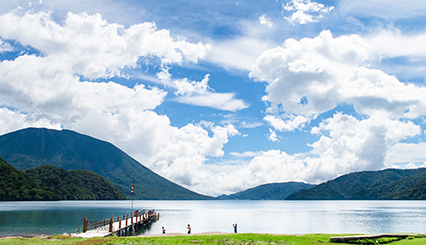
Kita-Kanto
5 Local Tochigi Culture and Ingredients at The Ritz-Carlton, Nikko
The Ritz-Carlton, Nikko opened in July 2020 on the shores of Lake Chuzenji in Okunikko. The luxury hotel sits in an area that is home to the shrines and temples of the Nikko area—where also have been designated a UNESCO World Heritage Site—abundant natural surroundings, rich culture, and ancient history and tradition. Today, it has grown into one of Japan’s leading and often fully-booked hotels. Interestingly, Okunikko in Tochigi Prefecture is recognized to be Japan’s oldest holiday resort, and is now host to a cutting-edge facility in The Ritz-Carlton, Nikko. In addition to its globally acclaimed level of service, the hotel has garnered attention for the thorough harmony and coexistence it has sought to achieve with the area through the creation of business ecosystem, be it in the food, guest activities, or the interior design and finer details.
Read more
記事検索
キーワードから探す
- すべて
- Ryotei & Restaurants
- Lodging/Hotels
- Producers
- Technology
- DX (Digital) & SNS
- City Planning
- Utilization
- Gastronomy and Culinary
- Japanese Nature
- Japanese history and traditional culture
- Japanese Food Culture
- Agriculture
- Fisheries
- SDGs
- Local production for local consumption
- Foreigner Activation
- Experience
- Overseas Expansion
- Fermentation
- Public-private partnerships and collaborations
- Sake
- Community Revitalization
- Spirituality
- Japan of the Sea
- Mountain Japan
VIEW ALL


